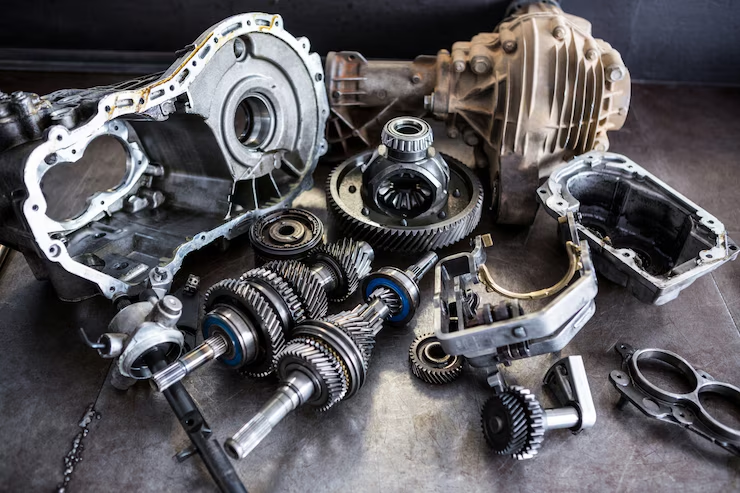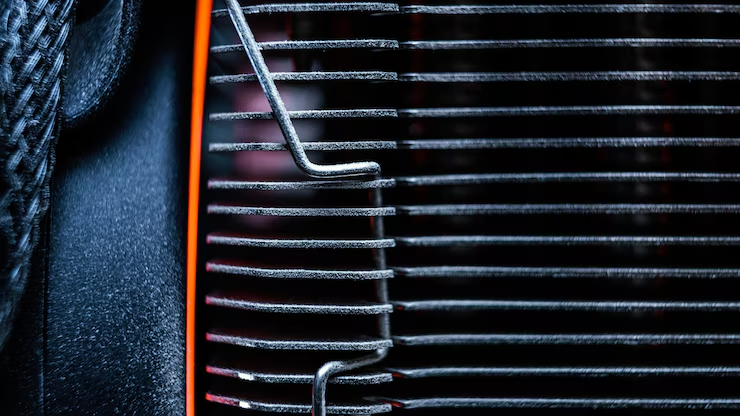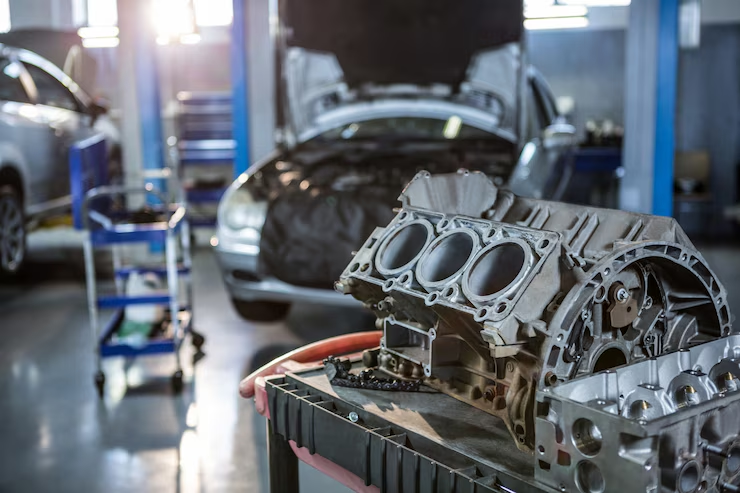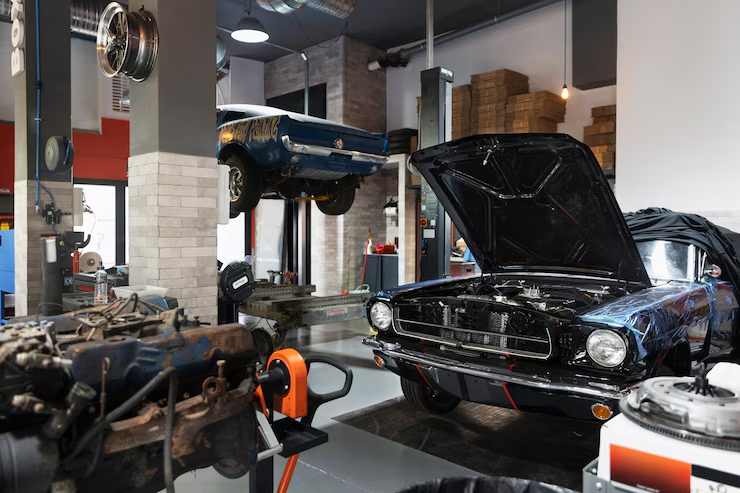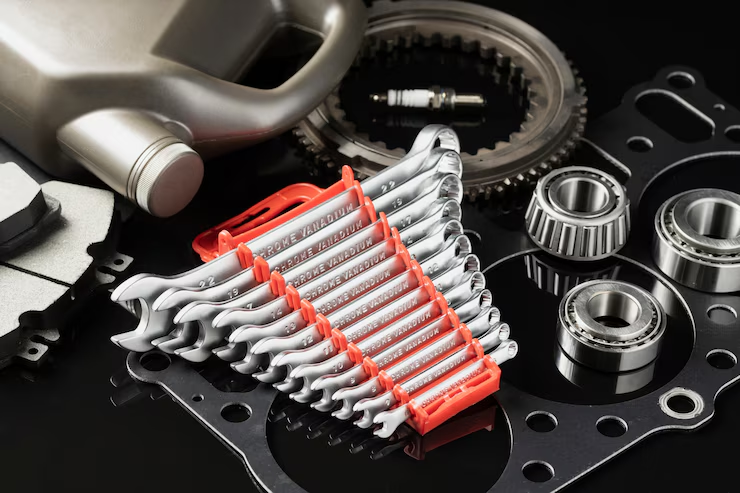Have you ever paid for a used Toyota part, only to realize it didn’t fit or failed in a week? You’re not alone. Many drivers look to cut costs with second-hand components, but without the right checks, that bargain can cost you more. Especially in the US, where the market for used Toyota parts is massive, making an informed choice is not optional—it’s a must.
From engine parts to sensors, the choices are endless. But so are the risks. This guide helps you make safe and smart decisions when buying used Toyota parts, whether at a local yard or used Toyota parts online. Let’s look at what to inspect, what to skip, and what to ask before you click “buy.”
3 Key Takeaways
- Match part numbers before buying any Toyota’s used parts.
- Ask for photos, warranty, and return options, especially for Toyota’s used parts online.
- Inspect for rust, cracks, and oil leaks in Toyota second-hand parts before finalizing the purchase.
How to Verify Used Toyota Parts Before You Buy
Before you spend a dime, make sure the part fits your Toyota’s model, year, and engine type. Sellers often list parts by part number (OE/OEM codes). That number should match the part on your current car. If it doesn’t, you’re likely buying a mismatch.
Cross-verify the part number on your old part with the seller’s listing. You can find this stamped or engraved on most Toyota components. Also, look for fitment guides on OEM parts directories. A mismatch may not show up right away, but it will cause problems later.
Toyota used parts from different trims, body styles, or countries that may seem alike but can behave differently. ABS sensors, ECUs, or catalytic converters can vary slightly based on the car’s VIN. Always ask the seller to confirm VIN compatibility.
Two more things:
- Confirm the mileage or age of the donor vehicle.
- Check the seller’s history if buying used Toyota parts online.
Inspection Guide: What to Look for in Toyota Second Hand Parts
Don’t just go by photos. If you’re buying locally, always inspect. Here’s a checklist to follow for Toyota second-hand parts:
- Rust: Especially on brake rotors, suspensions, and control arms. Surface rust is okay. Deep flaking isn’t.
- Cracks: In plastic parts like intake manifolds, headlamp covers, or coolant tanks.
- Oil seepage: On transmission housings, gearboxes, or valve covers. Even small leaks signal internal wear.
- Bushings & joints: For control arms or engine mounts, ensure rubber parts are intact.
- Threads: Look at bolt holes and studs. If stripped or cross-threaded, the part is compromised.
Commonly Purchased Used Toyota Parts and Checks
| Part Name | Must Check For | Notes |
| Alternator | Pulley free spin, rust | Should not grind or squeak |
| AC Compressor | Clutch coil, oil leak | Avoid if bearing is noisy |
| Engine Control Unit | Correct part number | Must match VIN configuration |
| Brake Calipers | Seals, piston movement | Rebuild kits don’t fix worn cylinders |
| Radiator | Leak, fin bend | Pressure test is best if possible |
Checklist Before You Finalize the Deal
When you’re close to buying, stop and ask these key checks. This one is for both online and local purchases.
- Ask for a part warranty—most used sellers give at least 30 days.
- Request actual part photos (not stock photos).
- Confirm if the part has been tested or pulled from a working car.
- Ask about the return policy, especially if you’re shopping for Toyota used parts online.
- Compare prices across 2-3 sellers. If one is too cheap, it might be faulty.
This step is even more important for Toyota second hand parts that are electrical or internal. Starters, alternators, ignition coils, and ECUs are all expensive if they fail after install.
Always Inspect Before You Buy
We all want to save money. Buying used Toyota parts helps, but only when done right. From physical checks to part number matches, every step matters. Look for the right fit, test proof, and a warranty. Avoid rushing in.
If you need quality Toyota used parts, visit Cars Part Zone. You’ll find well-inspected, VIN-matched parts with real support. Still unsure? Need help figuring out part fitment? Reach out to our team. We’re here to guide you every step.
FAQs
Look for the part number and brand stamp. Toyota’s OE parts will carry the Denso, Aisin, or Toyota logo. Cross-check with OEM part directories.
Yes, but only from trusted sites or sellers with high ratings. Check if they offer return options and test reports.
Depends on the part type and usage. Non-moving parts like trim or brackets may last years. Moving parts like compressors or pumps may give another 2–3 years if sourced well.
Some are okay, but look for seller reviews, warranty info, and actual photos. Always better to deal with verified vendors.
That depends on the seller. Always confirm this upfront, especially for Toyota’s used parts online.

